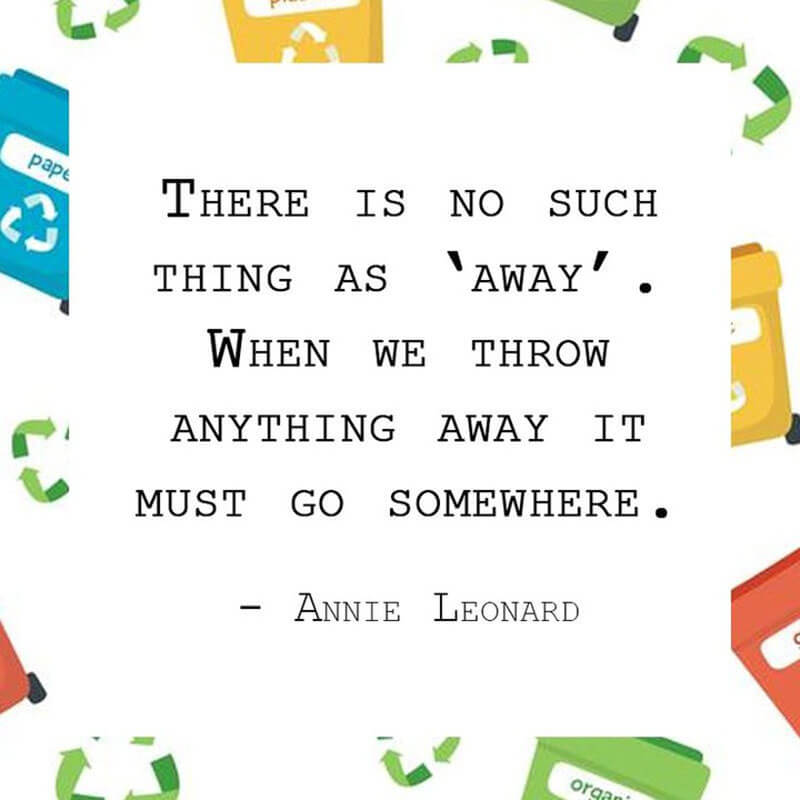Your One-Stop Guide to Understanding the Fundamentals of Sustainable Fashion
April 22, 2020On April 22 this year, global citizens unite to celebrate the 50th anniversary of Earth Day. Recognized as the planet’s largest civic event, the celebration this year is more meaningful than ever. While the global lockdown has led to social distancing among humans, nature is bouncing back like never before: The global temperature has dropped, water in Venice is clearer, pollution levels are plummeting, wildlife is flourishing, and our planet is healing!
The only worry being, what happens in the post-COVID world? Can we really afford to have things go back to business as usual? Maybe not. With ‘climate change’ and ‘sustainability’ being the new buzzwords this year, and rightly so, we collectively need to adopt a more responsible and conscious lifestyle in our own unique ways, to make sure the planet continues to recover.
Climate change is one of the biggest challenges to the future of humanity and the life-support systems that make our world habitable. The textile industry alone contributes to approximately 8% of the total greenhouse gas emissions; clearly, we need a massive global collaborative effort to arrest climate change. Today, there is hope: as more and more fashion brands and designers are rethinking the way forward to minimize their carbon footprint.
Wonder how can you, as a consumer, make fashionable yet sustainable choices? How well do you understand sustainable fashion, anyway?
Don’t worry if you don’t! In this article, we help you tackle your sustainable fashion dilemmas in honour of World Earth Day 2020.
- Where Do Our Used Clothes Go?

An average person wears a new outfit 7-8 times before discarding it. Ever wondered where do your old clothes go when you have parted ways with them? While most clothes end up at landfills, others are incinerated—these images aren’t pleasing, to say the least.
That’s where terms like ‘biodegradability’, ‘circularity’ and ‘composting’ seem important in the sustainable fashion glossary. Whether you think of this as a starter guide to eco-friendly fashion or a new home-schooling lesson to write in your quarantine diaries, we are here to help break down the jargon for you.
- What is Circular Fashion?
Circularity in the fashion world is an attempt to break the linear chain. Governed by the principles of a circular economy, the idea is to source, design, and produce clothes sustainably; circulate them responsibly and effectively (think reusing, repurposing, and recycling); and then safely return them to nature resulting in reduced ecological waste.
In a bid to help reduce waste, Fashion brands are using energy-efficient technologies to recycle clothes and top designers are innovatively creating new designs out of waste. Companies are now also using textile waste as raw material to make new garments. Supporting the ideology ‘Waste is a design flaw’, LIVA produces fibre from recycled cotton fabric waste using responsible practices.
- What is Fast Fashion vs Slow Fashion?
Fast fashion is a term used by design retailers to describe inexpensive clothing that is mass-manufactured rapidly to quickly bring the latest fashion trends and styles up on the store shelves. Fast fashion may be light on your pocket, might even look good on you, but the bitter truth is that it is very costly for our planet. Most of these garments are made of synthetic fibres that are difficult to decompose, leaving an enormous ecological footprint.
Slow fashion, on the other hand, is a movement. It refers to the entire process of designing, creating, and producing clothing with particular focus on quality and longevity. It may be a time-consuming process, but when you choose sustainable garments from slow fashion brands, you not only choose ethically produced and eco-friendly clothing but also get more for your money. In essence, you take a step toward helping Planet Earth!
You will appreciate that fabrics made through a slower, thoughtful process, such as nature-based fabrics like Livaeco, utilize minimal water consumption while delivering maximum comfort.
- What kinds of material qualify as sustainable fashion choices?
Synthetic garments made from polyester release microfibres each time they are washed; these particles do not biodegrade and contribute to polluting rivers and oceans and harming marine life. As you embrace sustainable living, it is a good idea to invest in clothes made of nature-based biodegradable fabrics such as organic cotton or those made of bamboo, hemp or cellulose such as the fluid fabric LIVA.
In an ideal world, fabric waste must return to nature quickly and safely, to close the loop. At LIVA, we live by the principle that what comes from the Earth should go back to it. Therefore, garments made sustainably using fabrics like Livaeco biodegrade within 6-8 weeks.
- How Do I Make Sure the Clothes I Buy are Sustainable?

Be the curious cat and ask ‘who made my clothes’ each time you go shopping. We mean that, seriously! Who and what you wear makes a lasting impact on our environment. Ask yourself what clothing brands are sustainable, opt for brands that endorse sustainable fashion and look for the fine print on the hang tags. Check for what materials have been used and choose wisely. Each time you make a conscious purchase, pat yourself on the back as you have taken one step forward in this green movement.
LIVA has partnered with fashion brands such as W for Woman, Pantaloons, Van Heusen, Lifestyle and many more. So, shopping consciously actually has twofold benefits—we can be at our sartorial best and keep planet Earth happy and green.
At LIVA, sustainability is not an initiative, it is a way of life, a conscious choice we make to ensure that every strand of fabric you wear feels just as good for the environment as it does for your skin. With awareness, you too can gradually adopt a sustainable lifestyle —it is a journey of growth and transformation.
Let’s begin to tie up those loose threads, delve deeper and evaluate the hidden cost of our wardrobes . Let’s shop responsibly and consciously. We can flatten this curve, too.








